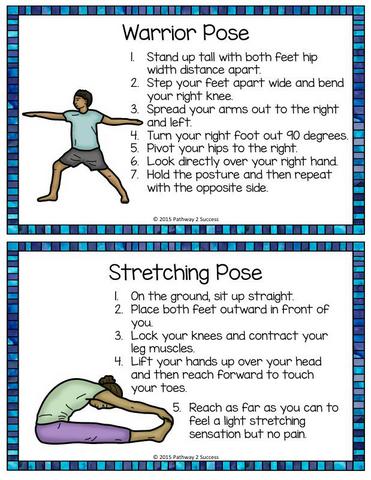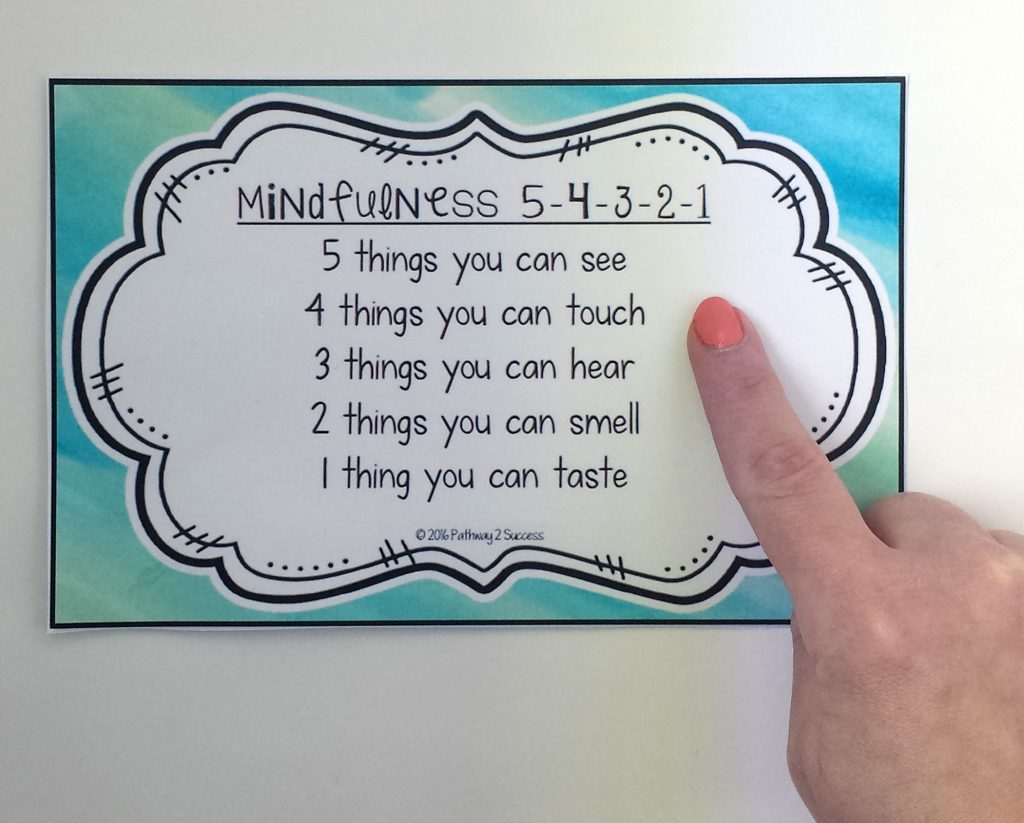This post originally appeared on the blog Pathway 2 Success.
Relaxation is a skill that promotes health and well-being for people of all ages- including kids! Too often in school, we are all rushing to get through our days, complete our work, and fix the problems that come up. It’s easy to forget that kids need time to relax and de-stress, too. There are many health benefits to practicing relaxation. It reduces feelings of worry and anxiety, increases blood flow to muscles, reduces feelings of chronic pain, improves concentration, reduces feelings of anger and frustration, and boosts self-esteem.
Use these five simple techniques to teach and promote relaxation in your classroom:
1. Play calming music during tests, quizzes, and independent work time. You can choose whether to use meditation music, nature sounds, or instrumentals. Not only will this promote a calming effect on the classroom, but it will help kids who struggle with attention, too. Background music can really help kids with attention issues, such as ADHD, since it allows them to focus on their task instead of always focusing on interfering background noises and interruptions.
2. Build a yoga time into your day or week. Kids actually love having a daily exercise or warm-up time. Yoga can address that need while encouraging a way to relax. Research shows that yoga can reduce feelings of sadness, anxiety, and depression. It helps kids and young adults develop coordination, focus, and self-awareness. If you aren’t comfortable teaching yoga on your own, there are many online videos and tutorials you could play for the class. To make it even easier on a teacher, you can use relaxation task cards with kids. The cards help students learn and practice strategies to help them feel more calm and relaxed. Some of the strategies focus on yoga techniques and postures, while others focus on visualizing and even being a little silly.
3. Practice meditation. After recess or a big activity, turn the lights off. Have kids sit at their desks, close their eyes, and just meditate. This is tough at first because kids honestly do not know how to calm their own bodies and minds. It can really help re-center kids, though, before getting back to work.
4. Teach mindfulness activities. Help kids and young adults practice mindfulness to help promote happiness, attention, and emotional control. Mindfulness activities can often include listening to music, coloring, practicing mindful breathing, learning to be present in the moment and much more. Use these mindfulness activities to find even more ways to practice mindfulness in your classroom.
5. Practice slow breathing techniques. Being able to control your breathing can really help you control your emotions and your thoughts at the same time. It can be fun to practice slow breathing to the beat of a drum or using a “breathe board” like shown below.
And while you are teaching kids to relax, make sure you give time for yourself to relax, too!






0 comments:
Post a Comment